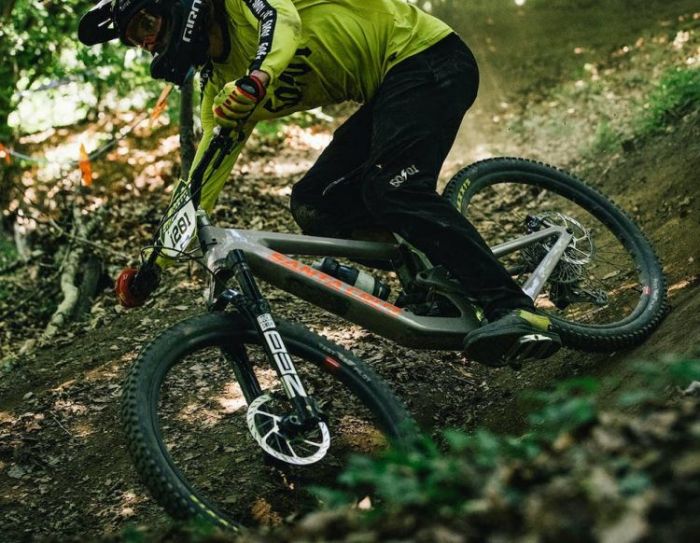Rocky Mountain Slayer Alloy 30 Review
- Price: $3729
- Frame: Aluminum
- Tires: Front: Maxxis Assegai 2.5, Rear: Maxxis Minion DHR II 2.4
- Gearing: 1×12
What we like about it: The 170mm rear travel and 180mm front travel provide excellent suspension, offering a comfortable riding experience.
What we don’t like about it: Limited color options that may not meet the preferences of some riders.
Rating: (4.8/5)

Pushing limits is the goal for many riders. In endurance races, everyone perseveres and overcomes themselves. This spirit is widely recognized, and more and more people want to participate in endurance races.
For this reason, we discovered the Rocky Mountain Slayer Alloy 30. According to their promotion, it is an exceptional full-suspension enduro bike. I had high expectations for its performance in endurance races, and it didn’t disappoint.
In the following sections, we will analyze the riding experience, key features, components, specifications, and other versions of the Rocky Mountain Slayer Alloy 30. Additionally, we will compare it with other top bicycle models. If you want to learn more about bicycle reviews, feel free to follow us.
Riding Experience
To thoroughly evaluate the remarkable performance of the Rocky Mountain Slayer Alloy 30, I booked a flight and hotel through Skyscanner and arrived at the outskirts of San Francisco. Here, I embarked on a long-distance ride to experience the bike’s exceptional capabilities.
Off-Road Riding
In the morning, with temperatures rising, I started my ride and encountered the first uphill section. Standing up and utilizing the dropper seatpost, I lowered the saddle to avoid hitting my legs during acceleration.
Thanks to the Shimano Deore 12-speed derailleur, I effortlessly adjusted the gear ratio to its minimum and obtained maximum power with minimal effort when climbing.
Next came the bumpy descent. With the 170mm rear travel and 180mm front travel, I felt that my ride was incredibly smooth, thanks to the excellent suspension. The textured grip of the ODI Elite Pro Lock-On helped me maintain a firm hold on the God Skyline handlebar.
The single-sided tightening design provides better traction and improved comfort on the outer grip. The ODI composite material offers outstanding shock absorption without sacrificing durability, ensuring a secure grip even during vibrations.
Additionally, the reinforced handlebar ends with sturdy composite material to minimize wear and extend the grip’s lifespan.
Furthermore, the downhill section featured twisting roads. However, with a head tube angle of 64.8°, the bike remained stable throughout the ride. Thanks to the Shimano MT4120 4 Piston brakes, I could decelerate or come to a stop, avoiding any unexpected situations.
Is that all?
The front wheel of this bike is equipped with a Maxxis Assegai 2.5 WT tire. It provides excellent grip throughout the entire profile, regardless of the lean angle, allowing me to confidently take on any corner. Additionally, it has EXO puncture protection, effectively reducing the risk of tire punctures, and making me fearless on rough terrain.
The rear wheel features a Maxxis Minion DHR II tire. The widened side knobs provide more support, while the central tread has a lean leading edge for improved acceleration. The sipes ensure smooth transitions when leaning. Moreover, the paddle-like knobs on the central tread embed when I apply sudden braking, giving me better control of the bike.
Furthermore, this bike is equipped with the excellent WTB Volt Race 142 saddle. Even during long rides, I didn’t feel any discomfort, and my hips didn’t become stiff. It allowed me to adjust my position flexibly.
Moreover, the central groove of the saddle helps absorb bumps and impacts, preventing excessive pressure on sensitive areas. Throughout the entire ride, I experienced great comfort.
Specifications
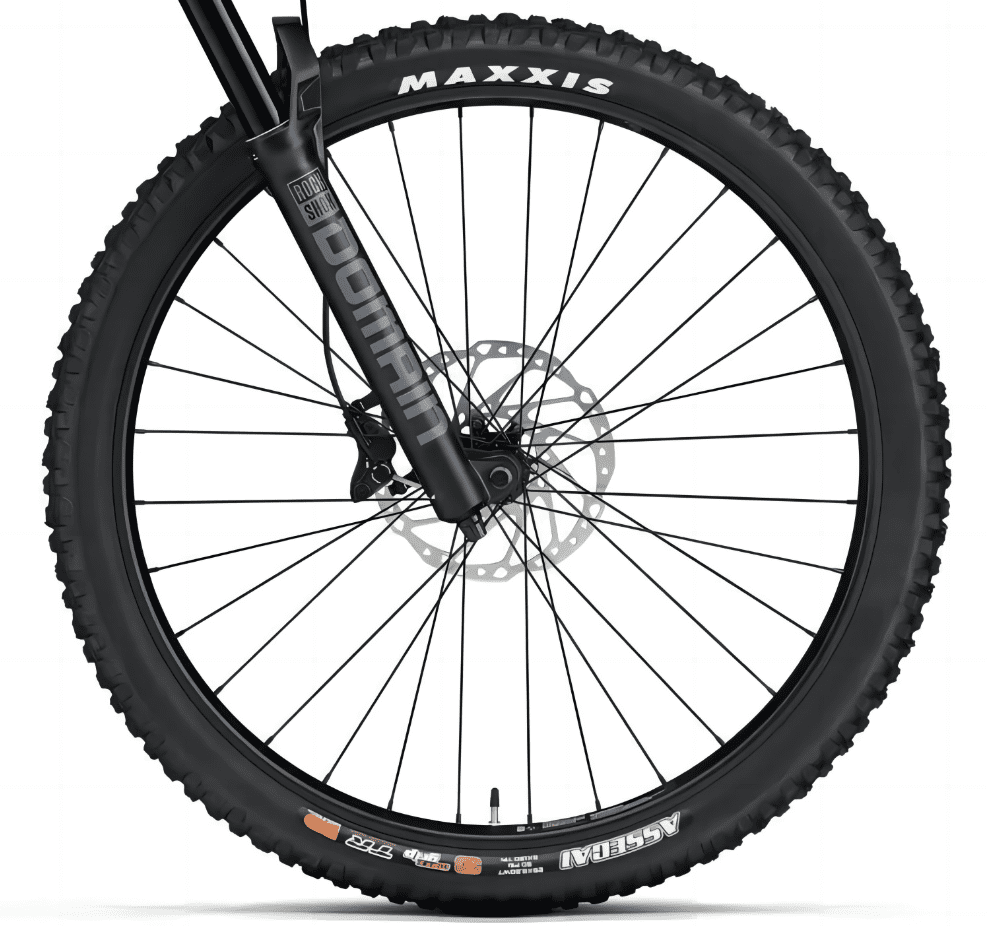
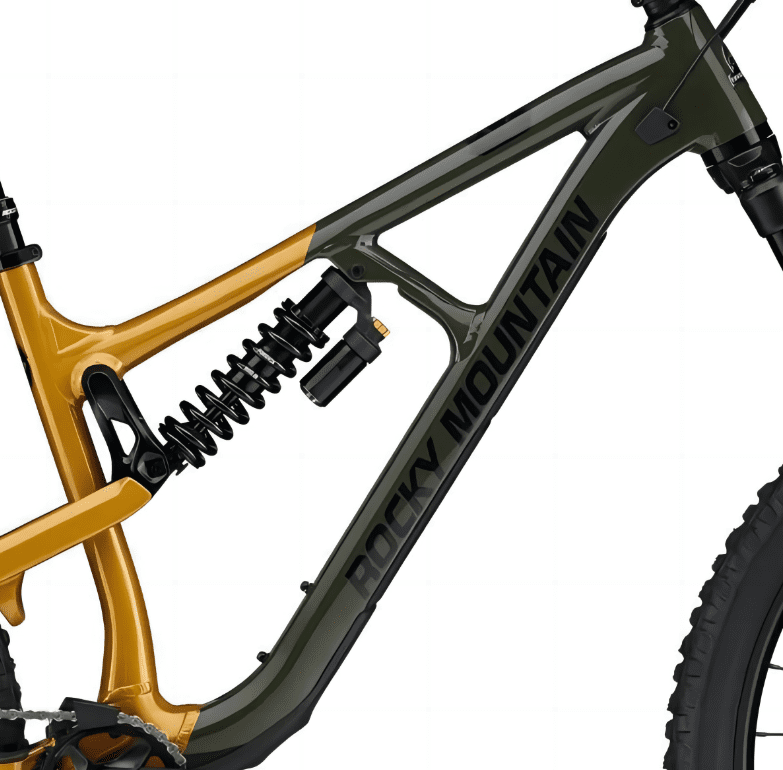

The Rocky Mountain Slayer Alloy 30 is an outstanding full-suspension enduro bike. With 170mm of rear travel and 180mm of front travel, it offers excellent suspension and provides a comfortable riding experience even on rough terrain.
Additionally, it features a FORM™ Alloy frame, which balances weight and durability, providing riders with a fantastic experience. The bike is equipped with the impressive WTB Volt Race 142 saddle, ensuring that riders don’t experience excessive pressure during their rides and allowing them to adjust their riding position as needed.
Furthermore, it comes with two different tires, the Maxxis Assegai 2.5 on the front and the Maxxis Minion DHR II on the rear. Both tires offer excellent grip and puncture protection, making them suitable for various terrains and ensuring a comfortable ride.
Other Versions
After conducting multiple tests, we have gained a deeper understanding of this bike, and it is an exceptional hardtail mountain bike.
However, many riders have their own performance requirements or specific component preferences. To cater to their needs, we have found similar bikes for further investigation.
Rocky Mountain Slayer Alloy 30 Park
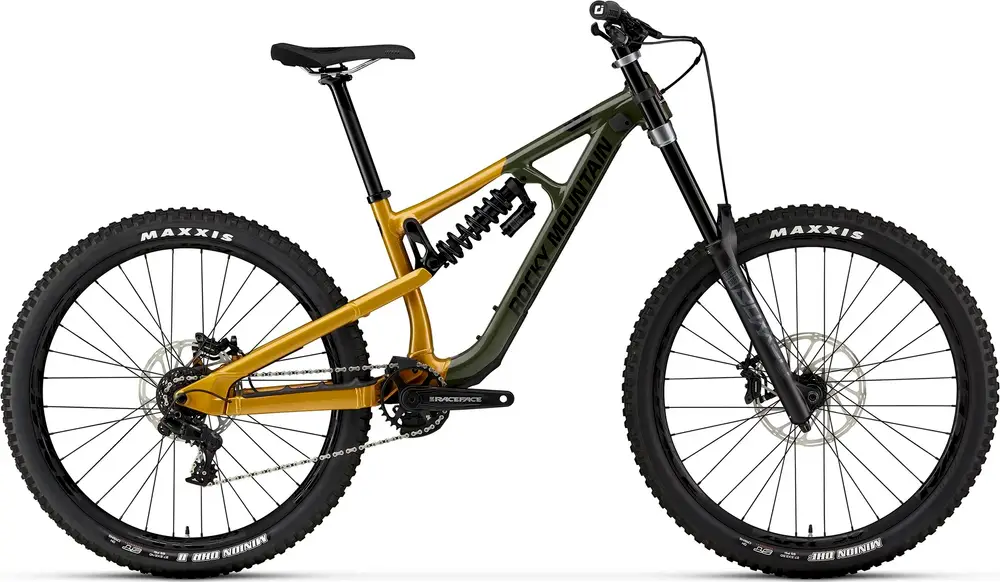
The geometry of these two bikes differs slightly. The Rocky Mountain Slayer Alloy 30 has a front center of 791mm, a wheelbase of 1233mm, a rake of 44mm, and a trail of 140mm, providing a stable riding experience. On the other hand, the Rocky Mountain Slayer Alloy 30 Park has a front center of 808mm, a wheelbase of 1250mm, a rake of 60mm, and a trail of 122mm, offering better maneuverability.
Additionally, the Slayer Alloy 30 features a 1×12 drivetrain, while the Slayer Alloy 30 Park has a 1×7 drivetrain. The 1×12 drivetrain provides smoother and wider gear ratios. However, the Rocky Mountain Slayer Alloy 30 Park comes with 200mm of front travel, offering better suspension performance.
Therefore, if you’re looking for a bike with better suspension performance, the Slayer Alloy 30 Park is a great choice. If you prioritize a smoother and wider gear range, the Slayer Alloy 30 is the better option.
What we like about it
- The 170mm rear travel and 180mm front travel provide excellent suspension, ensuring a comfortable riding experience.
- Front: Maxxis Assegai 2.5, Rear: Maxxis Minion DHR II. These tires offer strong traction and braking capabilities.
- The WTB Volt Race 142 saddle is very comfortable, allowing riders to enjoy a comfortable ride.
- Excellent climbing and descending capabilities compared to similar bikes.
What we don’t like about it
- Limited color options that may not meet the preferences of some riders.
FAQ
- Is this bike suitable for beginners?
It is suitable for both beginners and experienced riders.
- How many wheel sizes does this bike have?
There are available in two wheel sizes: 27.5″ and 29″.
- What is the braking system of this bike?
It is equipped with Shimano MT4120 4 Piston brakes.
- How to choose the right size?
Please refer to the size chart below:
These sizes are general guidelines, and the right size may vary from person to person. The best way to find the right size is to try it out.
| Rider height | SIZE |
| 5’1″ – 5’6″ | SM |
| 5’4″ – 5’9″ | MD |
| 5’8″ – 6’3″ | LG |
| 6’1″ – 6’6″ | XL |
Specs
Build
| Frame | aluminum frame BB Standard: BB86/BB92, Press Fit Tire Clearance: 2.8″ Colors: Dark Prismatic; Matte Olive Grey |
| Fork | RockShox Lyrik Select+, DebonAir spring, Charger 2.1 RC damper, tapered steerer, 46mm offset, Boost110, 15mm Maxle Stealth, 160mm travel |
| Rear Shock | RockShox Super Deluxe Select+, 230×57.5mm |
| Bottom Bracket | Shimano MT500, 92mm, PressFit |
| Headset | Knock Block Integrated, 58-degree radius, cartridge bearing, 1-1/8” top, 1.5” bottom |
| Stem | Bontrager Elite, 35mm, 0 degree, 45mm length |
| Handlebar | Bontrager Line, alloy, 35mm, 27.5mm rise, 820mm width |
| Saddle | Bontrager Arvada, hollow chromoly rails, 138mm width |
| Seatpost | Size: S, Bontrager Line Dropper, 100mm travel, internal routing, 31.6mm, 345mm length; Size: M, M/L, L, XL, Bontrager Line Dropper, 150mm travel, internal routing, 31.6mm, 440mm length |
| Grips | Bontrager XR Trail Pro, alloy lock-on |
Groupset
| Rear Derailleur | Shimano XT M8100, long cage |
| Crank | Shimano MT611, 30T steel ring, alloy spider, 52mm chainline, 170mm length |
| Shifters | Shimano XT M8100, 12 speed |
| Cassette | Shimano XT M8100, 10-51, 12 speed |
| Chain | Shimano SLX M7100, 12 speed |
| Brakes | Shimano 4-piston hydraulic disc, M6100 lever, M6120 caliper |
Wheels
| Rims | Front: Bontrager Line Comp 30, Tubeless Ready, 6-bolt, Boost110, 15mm thru axle, Rear: Bontrager Line Comp 30, Tubeless Ready, Rapid Drive 54, 6-bolt, Boost148, 12mm thru axle |
| Front Hub | Bontrager alloy, sealed bearing, alloy axle, 6-bolt, Boost110, 15 mm thru axle |
| Rear Hub | Bontrager alloy, sealed bearing, 6-bolt, Rapid Drive 108, Shimano MicroSpline freehub, Boost148, 12 mm thru axle |
| Tires | Bontrager XR5 Team Issue, Tubeless Ready, Inner Strength casing, aramid bead, 60 tpi, 27.5×2.50” |
| Disk Rotors | Size: S, M, M/L, L, XL, Shimano RT66, 6-bolt, 180mm; Size: S, M, M/L, L, XL, Shimano RT66, 6-bolt, 203mm |
Comparison Table
| Bicycles | Click View | Tires | Drivetrain | Frame Material | Groupset |
| Canyon Spectral 27.5 CF 7 | Click View | MAXXIS Minion DHR II 2.4” | 1×12 | Carbon | Shimano SLX |
| Specialized Stumpjumper EVO Comp Alloy | Click View | Front: Butcher, GRID TRAIL casing 29×2.3″, Rear: Eliminator, GRID TRAIL casing, 29×2.3″ | 1×12 | Aluminum | SRAM NX Eagle |
| YT Industries Capra CORE 3 29 | Click View | MAXXIS ASSEGAI I HINTEN: MAXXIS MINION DHR II | 1×12 | Carbon | SRAM GX Eagle AXS |
| Trek Remedy 8 | Click View | Bontrager XR5 Team Issue | 1×12 | Aluminum | Shimano XT |
Rocky Mountain Slayer Alloy 30 vs Canyon Spectral 27.5 CF 7
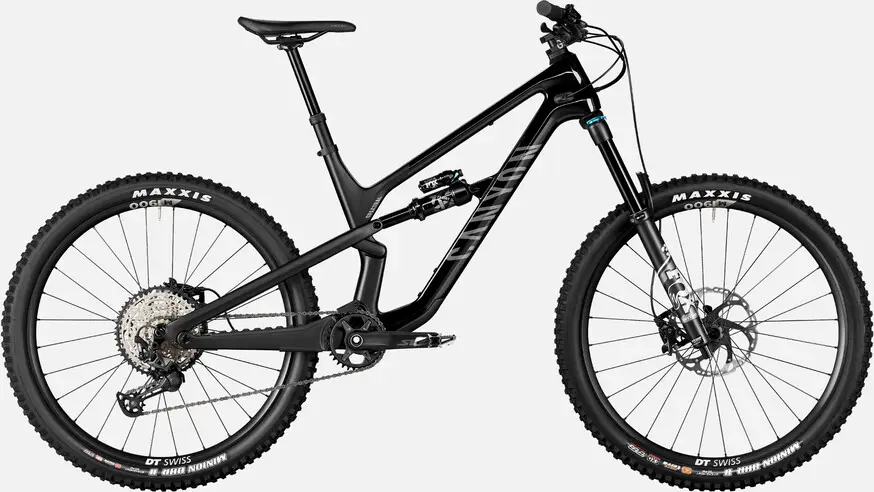
Rocky Mountain Slayer Alloy 30 features an aluminum frame, which is heavier compared to the carbon frame of the Canyon Spectral 27.5 CF 7. However, when it comes to side impacts, the aluminum frame is more robust and less prone to breakage than a carbon frame.
Moreover, the Slayer Alloy 30 offers two wheel size options: 27.5″ and 29″. The 27.5″ wheel size provides agility, while the 29″ wheel size offers better traction and performance. Choosing the Slayer Alloy 30 allows riders to have more options.
Therefore, if you prioritize a more durable bike, the Canyon Spectral 27.5 CF 7 is an excellent choice. If you prefer more options for wheel size, the Rocky Mountain Slayer Alloy 30 will better meet your needs.
Learn More: Is Canyon Spectral 29 CF 7 Worth Buying? [Canyon Spectral 29 CF 7 Review]
Rocky Mountain Slayer Alloy 30 vs Specialized Stumpjumper EVO Comp Alloy
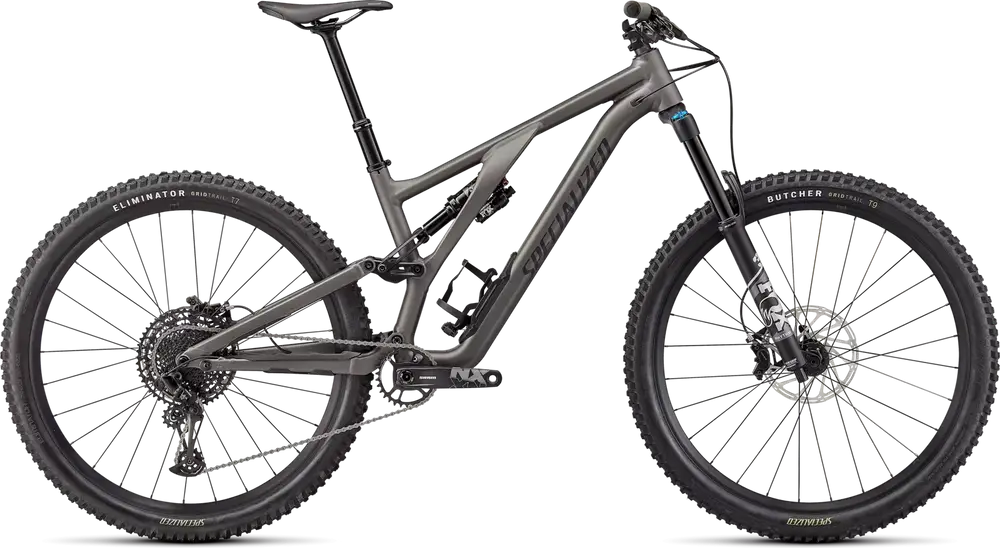
Rocky Mountain Slayer Alloy 30 features 180mm of front travel and 170mm of rear travel. Its suspension provides better damping performance compared to the Specialized Stumpjumper EVO Comp Alloy, which has 160mm of front travel and 150mm of rear travel.
Additionally, the Rocky Mountain Slayer Alloy 30 offers two size options for the wheel, while the Specialized Stumpjumper EVO Comp Alloy has only one. Moreover, the Rocky Mountain Slayer Alloy 30 has a gear range of 28mph, whereas the Specialized Stumpjumper EVO Comp Alloy has a gear range of 24mph.
Therefore, if you desire to ride at high speeds, the Rocky Mountain Slayer Alloy 30 is an excellent choice for you. If you prefer the SRAM NX Eagle components, I would recommend the Specialized Stumpjumper EVO Comp.
Rocky Mountain Slayer Alloy 30 vs YT Industries Capra CORE 3 29
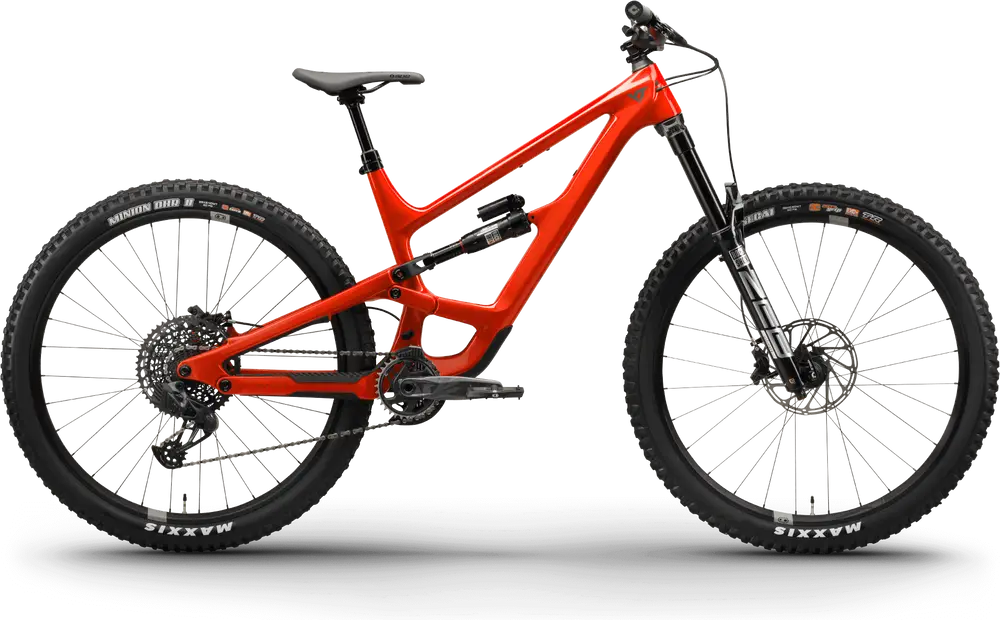
The YT Industries Capra CORE 3 29 features a lightweight Carbon frame, allowing for fast riding speeds. However, it is more prone to breaking when faced with lateral impacts.
In addition, the Rocky Mountain Slayer Alloy 30 offers two size options for the wheel. Furthermore, its 180mm front travel and 170mm rear travel outperform the 170mm front travel and 165mm rear travel of the YT Industries Capra CORE 3 29.
In conclusion, if you prioritize a lighter bike, the YT Industries Capra CORE 3 29 would be better suited for you. If you seek superior suspension performance, the Rocky Mountain Slayer Alloy 30 would be your best choice.
Rocky Mountain Slayer Alloy 30 vs Trek Remedy 8
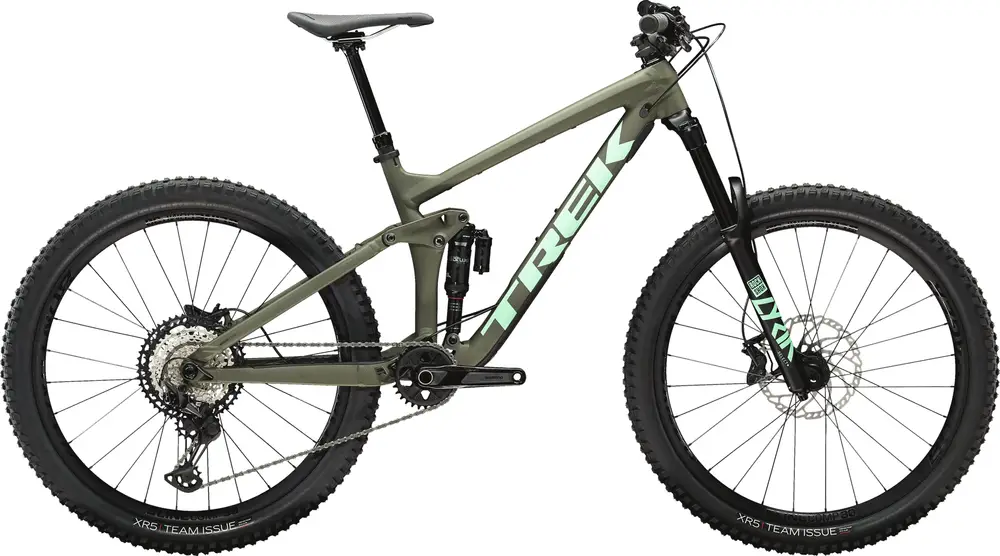
The Trek Remedy 8 offers fewer size options for the wheel. Additionally, its 160mm front travel and 150mm rear travel provide less suspension performance compared to the Rocky Mountain Slayer Alloy 30.
However, in the same 27.5″ wheel size, the Trek Remedy 8 has a stack/reach ratio of 1.37, which is greater than the stack/reach ratio of the Rocky Mountain Slayer Alloy 30 (1.35). This means that riders can have better reach and extension while riding.
Furthermore, the Trek Remedy 8 has a head tube angle of 65.6°, which is greater than the head tube angle of the Rocky Mountain Slayer Alloy 30 (63.9°). It’s worth noting that a larger head tube angle contributes to better maneuverability.
Therefore, if you prioritize excellent maneuverability, the Trek Remedy 8 would be a better choice for you. If you desire better suspension performance and more size options, the Rocky Mountain Slayer Alloy 30 can meet your needs.
Learn More: Is Trek Remedy 7 A Good Bike? [Trek Remedy 7 Review]
Conclusion
In summary, this concludes our full review of the Rocky Mountain Slayer Alloy 30. This exceptional full-suspension endurance mountain bike provides a highly comfortable riding experience in endurance races. Considering all factors, we give it a rating of 4.8. If you want to access more information about bicycles, feel free to check out our other tests.
Lastly, if you enjoy our content, please share it with your friends. If our content has been helpful to you, you can click the subscription button below to subscribe via email. Thank you for your support!

![[Orbea URRUN 10 20mph Review] – Best Used By People Who Enjoy Riding To Get AFeel For The Mountains!](https://bestbikeselect.com/wp-content/uploads/2023/09/2023-Orbea-URRUN-10-20mph-35_-1024x1024.jpg)
![[Specialized Turbo Como 5.0 Review] – Good Choice?](https://bestbikeselect.com/wp-content/uploads/2023/08/2023-Specialized-Turbo-Como-5.01_-1024x1024.webp)
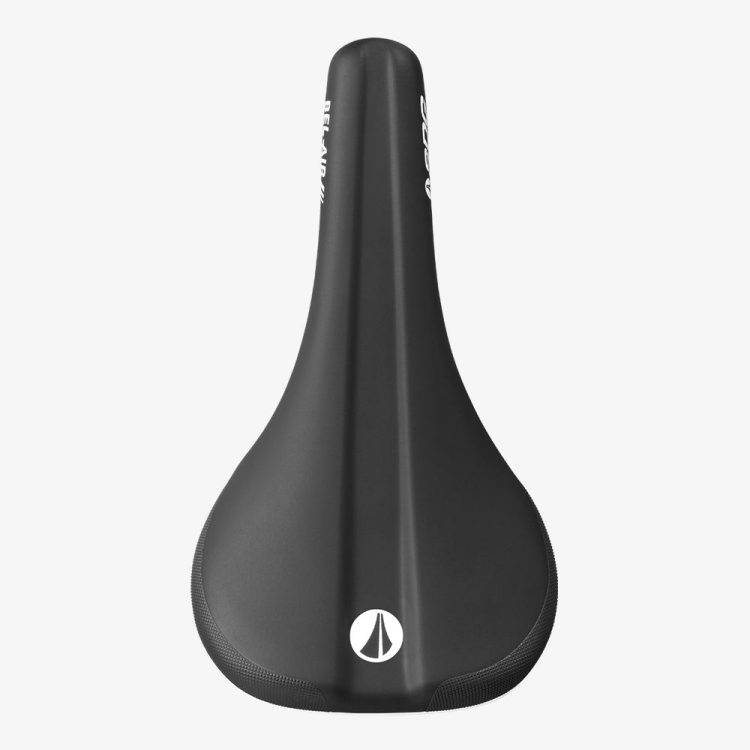
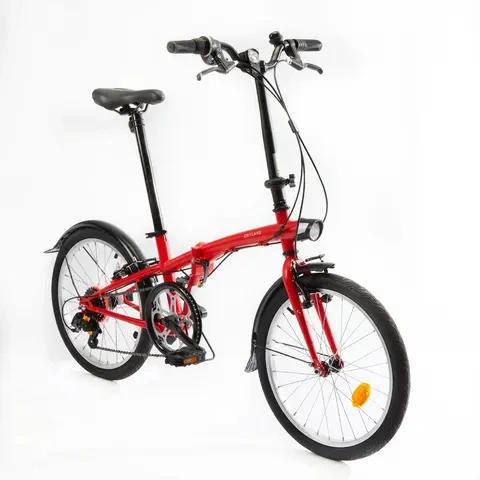

![2025 Built for Champions:[Orbea ORCA M21eTEAM PWR Review]](https://bestbikeselect.com/wp-content/uploads/2025/01/ORCA-M21eTEAM-PWR-1024x885.jpg)
![2025 Conquer Any Trail [Santa Cruz Bronson R Review]](https://bestbikeselect.com/wp-content/uploads/2025/01/Santa-Cruz-Bronson-R-1-1024x768.webp)
![2025 The All-Terrain Beast [Santa Cruz Hightower 3 MY24 Review]](https://bestbikeselect.com/wp-content/uploads/2025/01/Santa-Cruz-Hightower-3-MY24-1024x768.webp)
![The Best Comfortable Leisure Bike of 2025 [ Trek Verve 2 Lowstep Gen 5 ]](https://bestbikeselect.com/wp-content/uploads/2024/12/Verve-2-Lowstep-Gen-5-02-1024x681.png)
![2025’s Top Endurance Bikes [Cannondale Synapse Carbon 3 L Review]](https://bestbikeselect.com/wp-content/uploads/2025/01/Cannondale-Synapse-Carbon-3-L-1-1024x627.webp)
